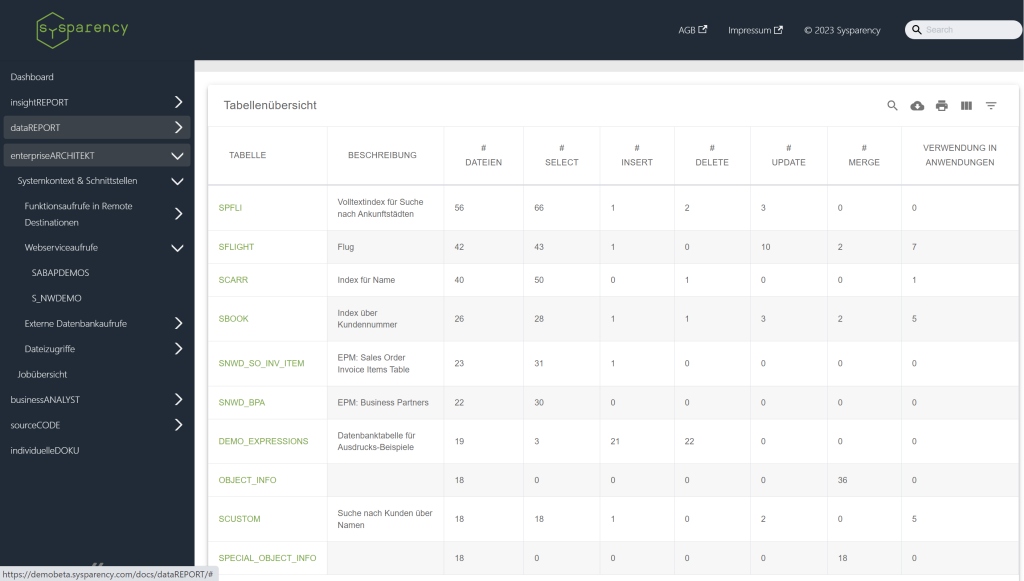Automated documentation and optimization of a critical telecommunications system
Due to the increasing demands on the communications infrastructure and the constantly changing challenges, there was a need to optimize and document existing systems and processes. External development partners were used for both hardware and software projects. Here, special know-how in the field of software development and project management of IT projects was crucial in order to master the complexity of the development projects.

The main goal was to perform a comprehensive inventory and assessment of the overall system, including the functionality and nature of the source code. Automated functional documentation and manual gap analysis should be performed to provide a clear view of the software’s status quo and current and future challenges.
Solution approach:
Sysparency was contracted to perform a detailed inventory and assessment of the overall system. Various methods and software metrics were used and validated by means of benchmarking. The manual and automated inventory by Sysparency provided, among other things, an overview of the protocols used, interfaces and other qualitative parameters.
Project Implementation:
In the first project phase, automated documentation of interfaces and database representations was created. After consultation with management, it was decided to synthesize the gap analysis and automated documentation to provide a holistic view. More than 600 different attributes were automatically extracted from the source code and supplemented with manual descriptions.
Results:
The project successfully provided a comprehensive overview of the entire system, including interfaces, files used and formats. The detailed survey allowed conclusions to be drawn about past and future expenditures. The results also enabled a comparison with existing software on the current market.
Added value:
- Detailed system overview: The documentation provides a clear view of the complexity and structure of the entire system.
- Efficient navigation: Direct links allow quick navigation from technical descriptions to technical solutions.
- Strategic planning: The results of the documentation enable effective planning for future developments and adjustments.
- Market analysis: The documented results provide a basic point of comparison for analyses with other software solutions on the market.
The documentation and analysis of the critical telecommunication system carried out by Sysparency provided a clear view of the structure and complexity of the system and laid the foundation for efficient further developments and optimizations. The project provided valuable insights and a solid starting point for future strategic decisions and developments.
Interested or have further questions?
Arrange a no-obligation initial consultation with our SYSPARENCY experts.
We will introduce you to our products and answer all your questions in a straightforward online meeting.
